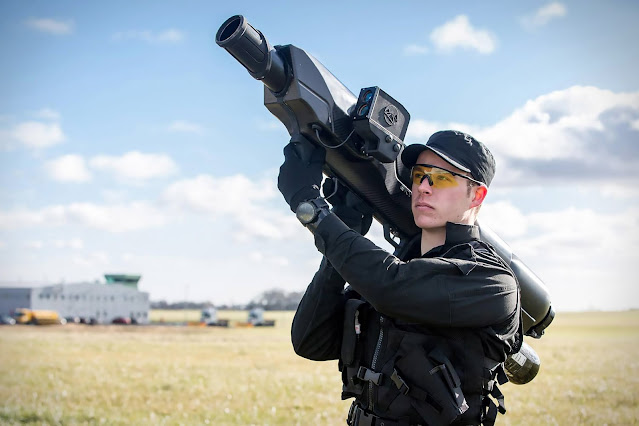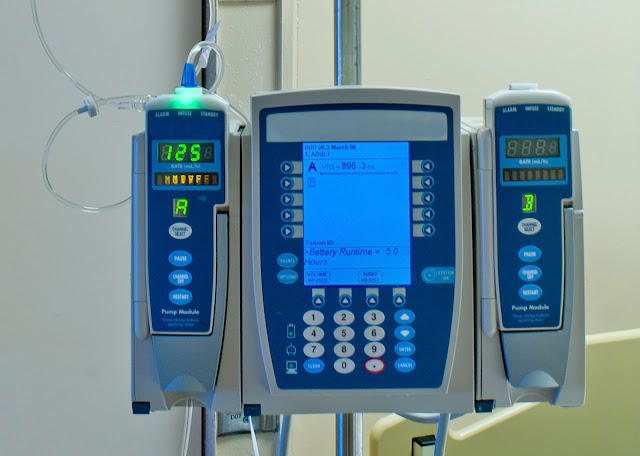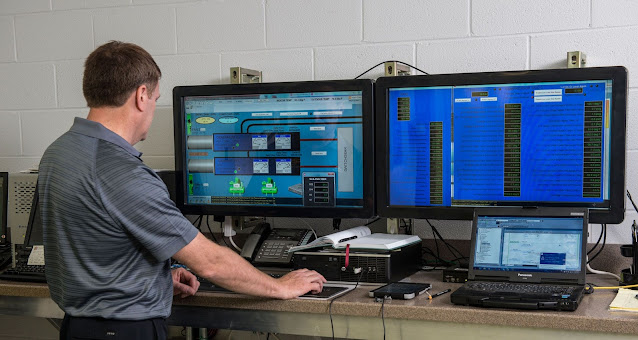Anti-Drone Technology Designed To Detect, Track, And Neutralize Unmanned Aerial Vehicles (UAVS)
 |
| Anti-Drone |
Anti-Drone technology refers to a set of measures and systems
designed to detect, track, and neutralize unmanned aerial vehicles (UAVs)
commonly known as drones. With the rapid proliferation of drones in recent
years, both for recreational and commercial purposes, there has been a growing
need to develop effective countermeasures to address the potential risks and
threats posed by malicious or unauthorized drone activities. Anti drone systems
encompass various technologies and techniques aimed at safeguarding critical
infrastructure, public safety, and privacy. One of the primary objectives of
anti drone technology is to detect unauthorized drones in the airspace. Several
detection methods are employed, including radar systems, radio frequency (RF)
scanners, acoustic sensors, and visual recognition systems.
According To Coherent Market
Insights, The Size Of The Anti-Drone
Market In The World Was Estimated At USD 914.21 Million In
2021, And From 2022 To 2030, It Is Predicted To Increase At A CAGR Of 27.8%.
Radar-based
systems use radio waves to detect and track drones by analyzing their reflected
signals. RF scanners identify the communication signals between a drone and its
remote controller, allowing authorities to identify the operator or take
appropriate action. Acoustic sensors can detect the distinct sound signature of
drones, while visual recognition systems use cameras and image processing
algorithms to identify drones based on their appearance. Once a drone has been
detected, Anti-Drone systems employ
various countermeasures to neutralize the threat. One common method is jamming,
which disrupts the drone's control and communication signals, rendering it
unable to receive commands or transmit data.
Jamming
can be achieved by transmitting powerful radio signals on the same frequencies
used by the drone, effectively overpowering its control signals. Another
approach is the use of directed energy weapons, such as lasers, to disable or
destroy the drone's components, including its propulsion system or sensors. Another
critical aspect of Anti-Drone
technology is the ability to capture or physically intercept drones. This is
achieved through the use of net guns, which shoot out a net to ensnare the
drone and bring it down safely.
In
conclusion, the rapid proliferation of drones has necessitated the development
of Anti-Drone technology to address potential risks and threats.
These systems employ various detection methods, countermeasures, and AI
algorithms to detect, track, and neutralize unauthorized drones. Anti drone
technology plays a crucial role in safeguarding critical infrastructure, public
safety, and privacy, and its deployment extends to diverse sectors. While
challenges remain, ongoing research and development continue to improve the
effectiveness and reliability of Anti drone systems in a rapidly evolving
landscape.



Comments
Post a Comment